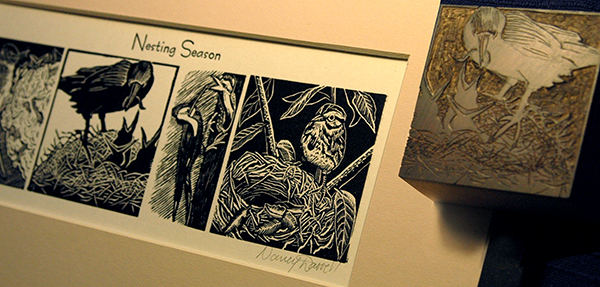
17 Nov In the Print Studio with Jim Horton
I recently talked with instructor Jim Horton about printmaking, wood engraving, his upcoming classes and the new Book and Paper Arts Studio. Jim has been a printmaking/graphic design instructor for 43 years, with special interest in historic graphic tools and processes. His work ranges from job printing and book arts to limited-edition prints. Enjoy our interview!
CP: Where are you from?
JH: I was born in Oklahoma, but lived most of my life in Ann Arbor, Michigan. Midwesterner to the bone, but I sure like to visit the South.
CP: Tell me about your history with printmaking?
JH: My father was a sign painter, the old fashioned kind using a brush and gold leaf. It was an incredible skill. He also did silk screen printing back when the fabric was real silk. He cut stencils by hand. So graphic arts was always highly respected on our family culture. Making woodblock prints was way cool. As a college student in art school, naturally, I gravitated to the printmaking studio. I was at home there. I loved the industriousness of proofing an edition of prints on fine paper.
CP: What do you do when you are not in Brasstown?
JH: I was an art teacher, and at every level, teaching graphic design, studio art.. all mediums. That and always printing. A few years back I deeply got into letterpress and engraving. I live in a rural area, and love working outdoors, walking and doing yoga. I still love to draw too. I go over to the local universities and draw from life (models).
CP: How long have you been coming to/teaching at the Folk School?
JH: I want to say about seven years. Dea Sasso got me here, and she was right. People like the Pattersons, we can only get down here in these hills.
CP: What are projects are you working on currently? Where do you draw inspirations from?
JH: I am illustrating and printing a book of traditional folk songs. I love cowboy songs…why? I don’t know. I also love old gospel, though I am not the least bit religious in a doctrinal sense.
CP: Do you have a favorite motif? or a favorite typeface? favorite tool? favorite letter?
JH: My go-to motif is corn. Growing up in a little farm town, I loved cornfields. I love funky imperfect typefaces, kind of like Publicity Gothic or Pabst. My favorite tool is a #5 spitsticker. I am in awe of all letters and when you learn the evolution of letterforms (characters), You feel a part of the growing of civilization and communication.
CP: Why do you enjoy historical processes when you could just do all this stuff on a computer?
JH: I am a flat-line brainer. My age shows. I don’t think in flashed images like the younger generation. I can’t process too much information at one time. I have to filter it, contemplate it, taste it. If you continually cram more junk in your head, it becomes muddied. To be able to take my time and contemplate my processes, is a luxury, and I feel for the younger folks that demand instant gratification.
Practice is a valuable thing. One has to continually grow through practice, and the deeper you go, to me, the more deeply satisfying. Whether it be a yoga pose, a guitar chop, or drawing from life, you start to understand the structure of things. I use the computer, and it is a wonderful tool. I am fortunate to have been at a time to use the wonder of the digital age, yet still have my foot in the mechanical processes. I am happiest when I have done a physical days work, printing, drawing, or chopping wood. The hardest days I ever spent, were those where I had to sit in front of a screen all day. I hate it and it is unhealthy.
CP: Whatʼs the difference between wood carving and wood engraving?
JH: Wood carving is mostly a craft, though it can go into the realm of sculpture (which is a pure art). Craft does not reach into a personal expression, but is generally a safe, formulaic product, that does not have a whole lot of individuality to it. That is not to say there isn’t beauty and functionality in craft. Sculpture is pure art. It is revealing form in space. It is studying how light plays on a surface. It is path to a visual truth.
Wood engraving is also a pure art, in that the drawing is original, and reflects a personal feeling experience, and it has no set formula. It can be crude, funky, direct or refined, depending on your vision. The act of engraving is extremely focused on revealing your vision. It is creating something deeply personal. Drawing creates the illusion of form in space. Then the printing is another art…how to control the medium to say what you want it to say. It is a discipline. It is hugely challenging. There is no guarantee of success. The finished print reflects the journey. It is something halfway between a thing and a thought.
CP: How will the new Book Arts Studio make the printing program stronger at the Folk School? or improve your classes specifically?
JH: I have to haul a lot of equipment to the JCCFS when I teach printmaking. It will save me a lot of packing and stress on the body, to know the presses and materials are there. The other side of that, I really like the wood floors and windows of the downstairs of the Keith House. I will miss that ambiance.
CP: Whatʼs a fun fact about printmaking not many people know?
JH: The Enlightenment and the Renaissance were largely due to the innovation of printing.
CP: Have you taken any classes at the Folk School?
JH: I have. Annie Fain is an inspiration. I want to come hang out with David Brose.
CP: Whatʼs your favorite dining hall food?
JH: Grits. We donʼt get much up North.
CP: You are teaching “Wood Engraving in the Spirit of William Morris” in early 2015. Can you talk a little about William Morris and why he a good inspiration for printmaking? Or what students can expect?
JH: Morris would have been right at home here at the Folk School. He believed in methods that gave purpose and dignity to individuals that too often were swallowed in the standardization of the industrial revolution. In many ways, that is what we see here at the JCCFS. We see people escaping the shallow pop-culture that America has become. People are in great need of empowerment through individual expression and achievement. Lives are enriched in creative pursuits, such as making prints by hand.
CP: So after a little research on William Morris and the Kelmscott Press, I see that Morris’ “magnum opus” during this time period would be the Kelmscott Chaucer. If you could take any historical or modern text and make it your magnum opus, what would that be?
JH: Iʼm a huge fan of Charles Algernon Swineburn. I also love old gospel songs. I want to make a hand-illustrated book of folk songs. “Iʼm gonna take a trip on that old gospel ship.”
Jim’s Upcoming Classes include:
Wood Engraving in the Spirit of William Morris
An Introduction to Printmaking
Our New Book and Paper Arts Studio
To expand our Paper Arts Program (including books, paper, printmaking, marbling, and calligraphy) the Folk School has decided to construct a new Book & Paper Arts Studio across from the Painting Studio. It will be approximately 2,800 sq/ft and will have an additional 850 sq/ft of outside workspace. The studio will be comprised of four separate work areas—the main studio room, the wet room, outside workspace, and the printmaking room. The main studio room will have 12 workbenches. Each of these stations will be movable and come equipped with an individual power supply and lighting. This will allow the main work area to be configured to best suit the needs of each individual class. The printmaking room will be home to several presses that were donated to the School in 2007 and allow the School to offer Letterpress classes for the first time.
We hope that you will consider making a donation to support this important project. If you would like more information please contact our development manager, Reed Caldwell, at (800) FOLKSCH or by email at reed@folkschool.org. By supporting this endeavor you are helping the Folk School build a wonderful new studio, expand our paper art class offerings, and allow thousands of students to experience the joy of paper and book arts. Donate online.




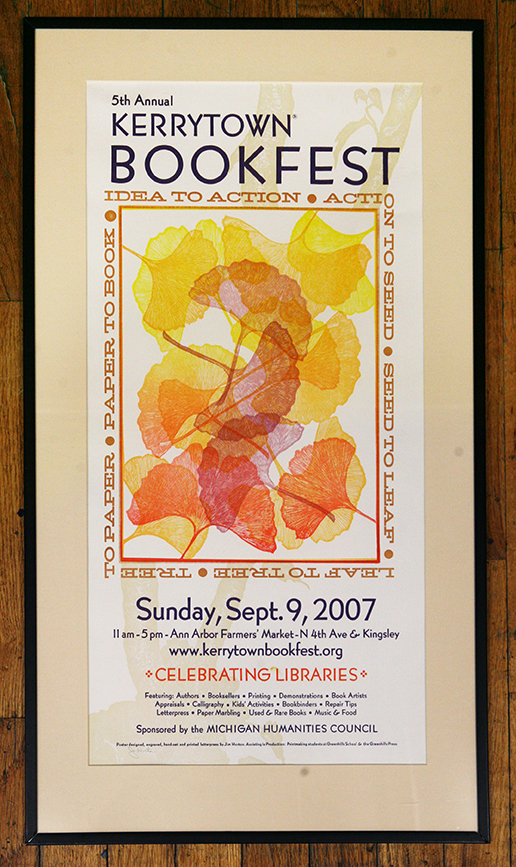
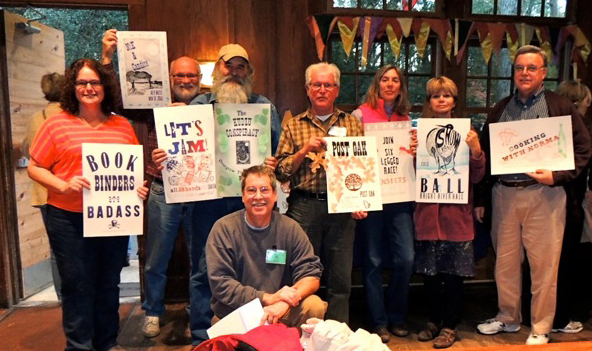
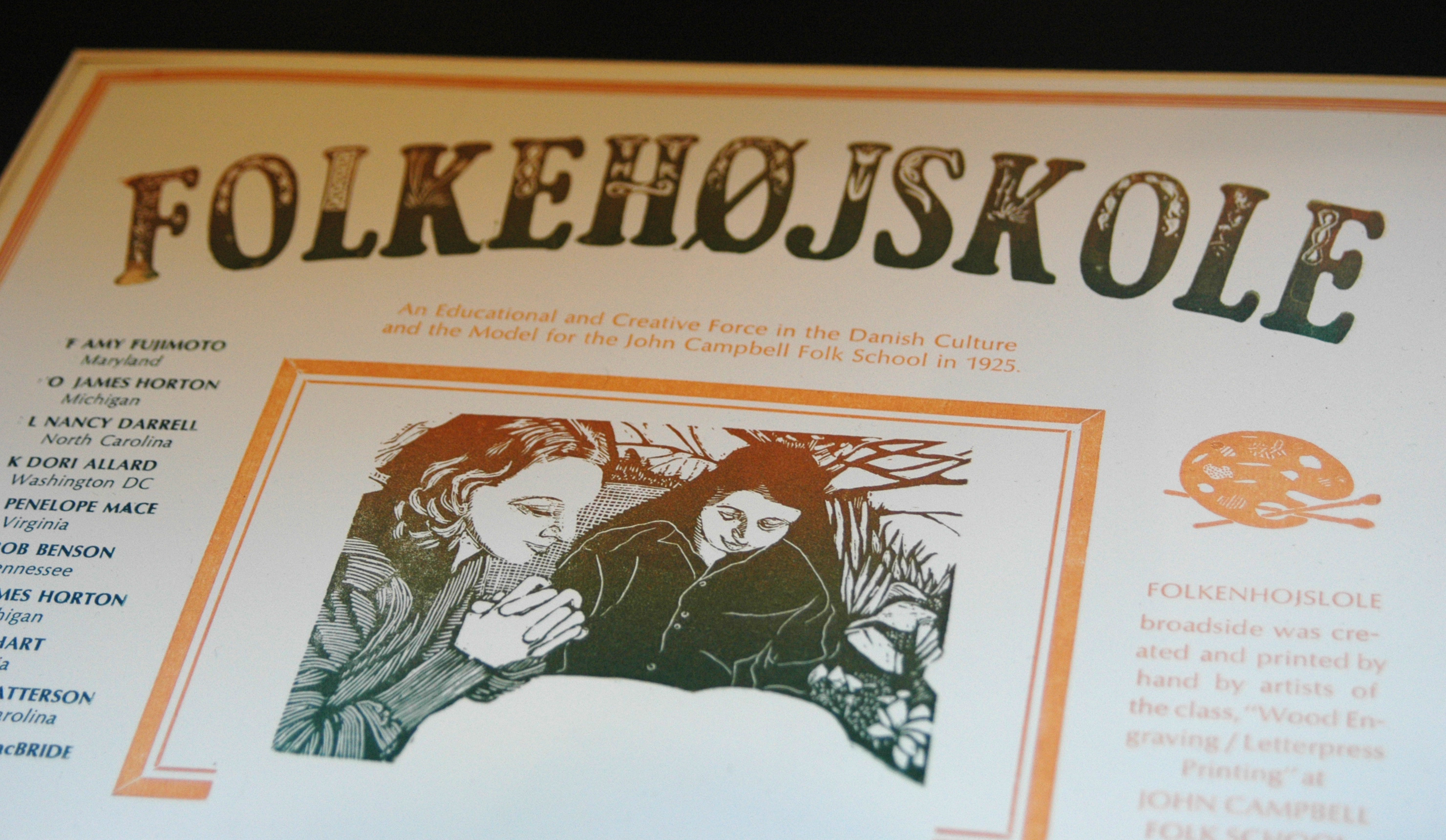

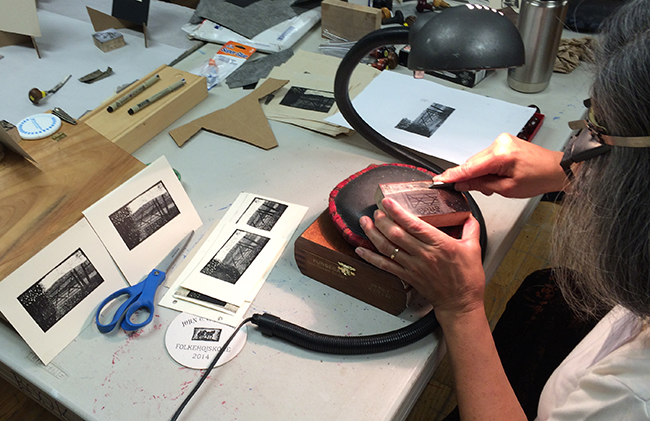

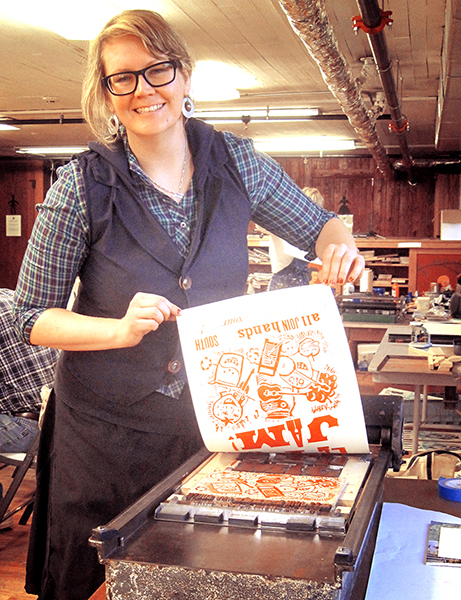
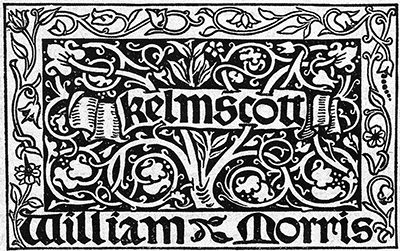
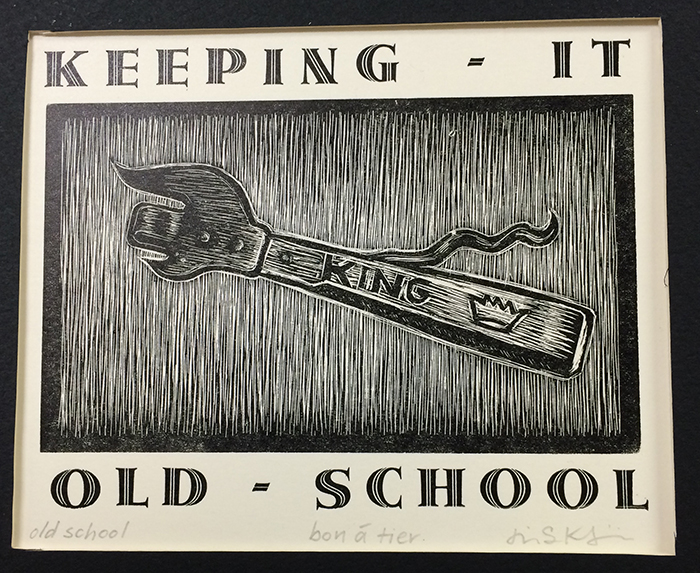
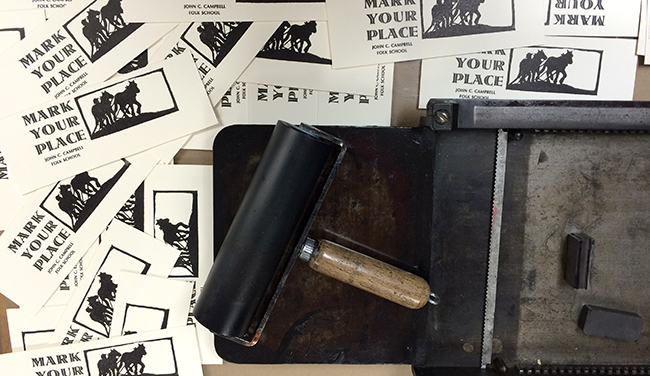
David Liston
Posted at 15:33h, 04 FebruaryDear Jim, I have a very intricately cut wood engraving which is quite surreal and is signed Thompson (being I believe John Thompson born 1785). I can find very few of this type of wood engraving illustrated and have not been able to find a single example by Thompson. How rare are these. I can send you some pictures if you are interested. Best wishes. Dave